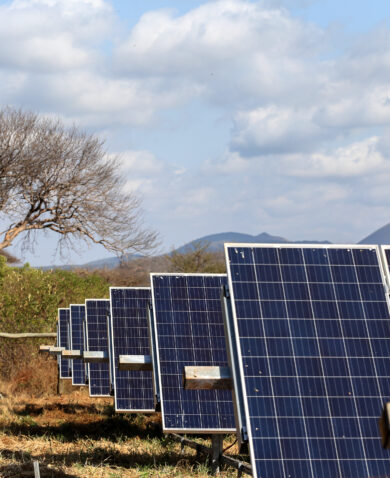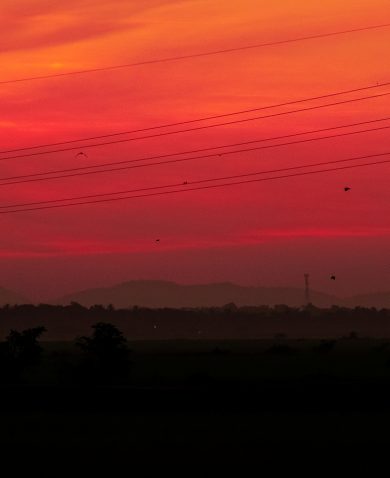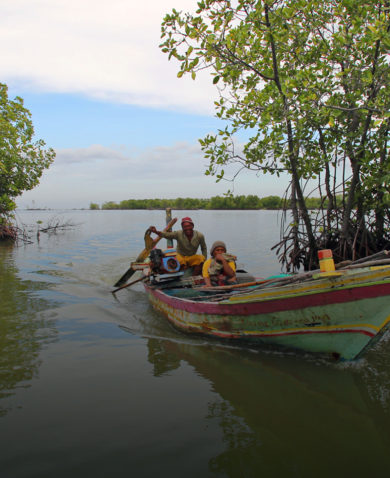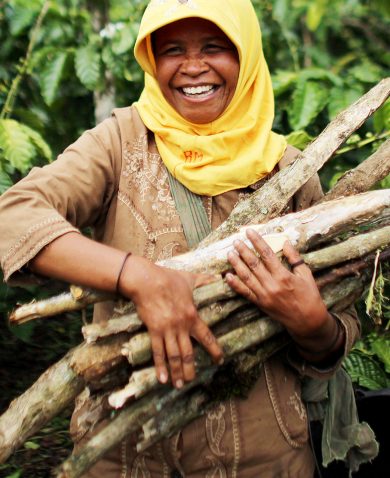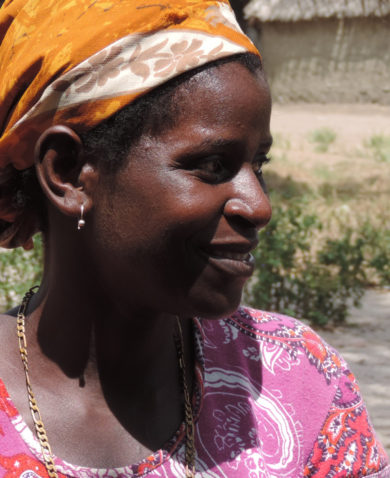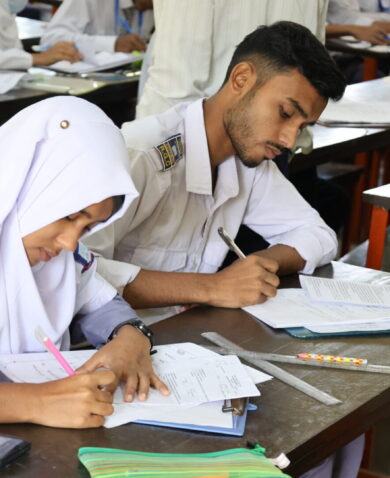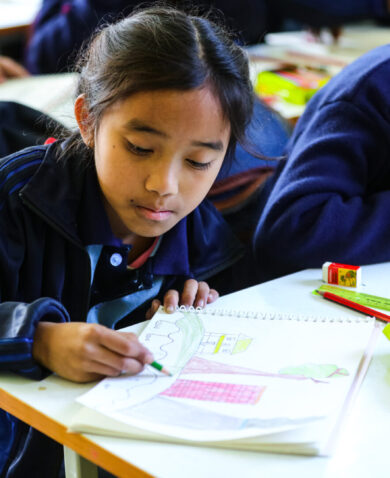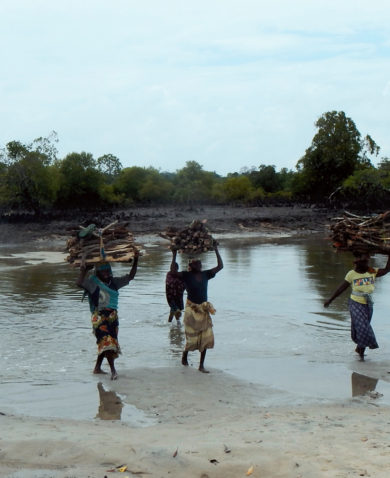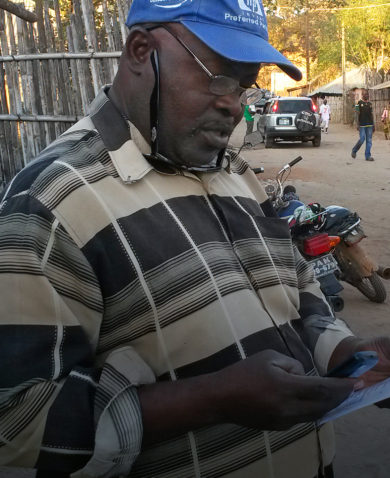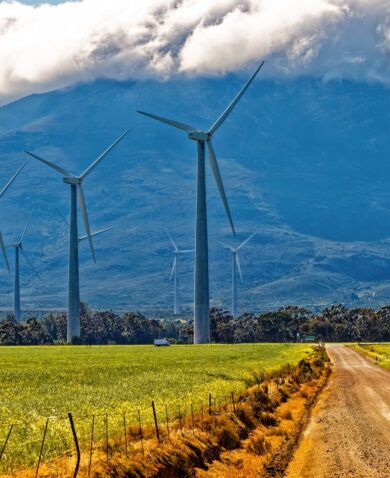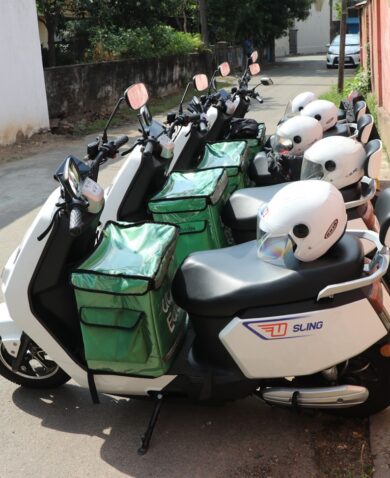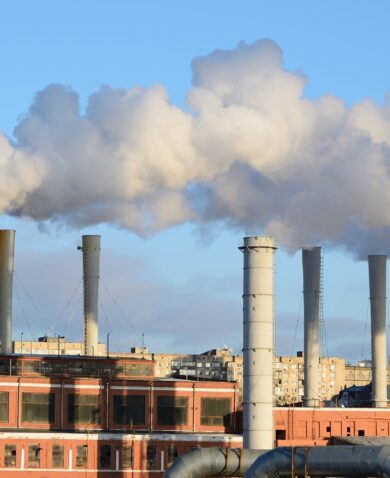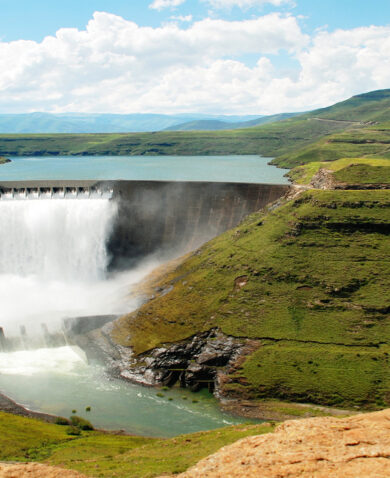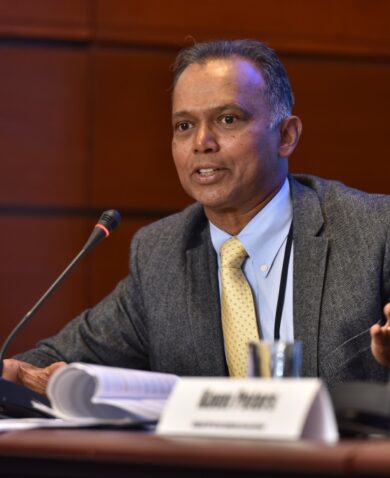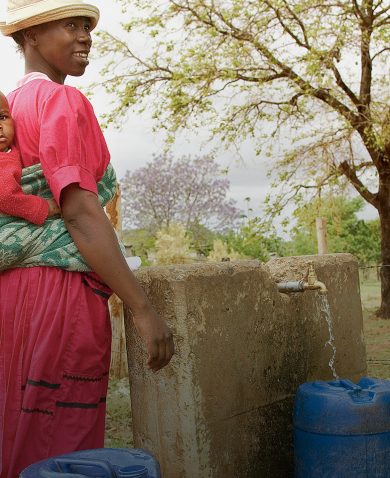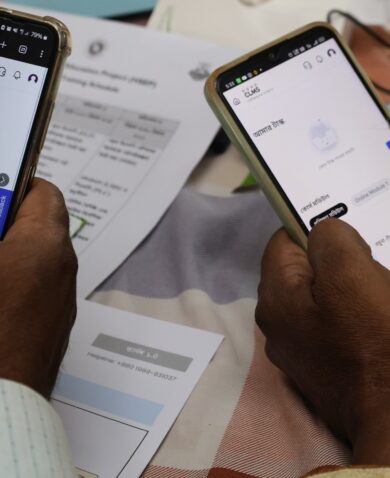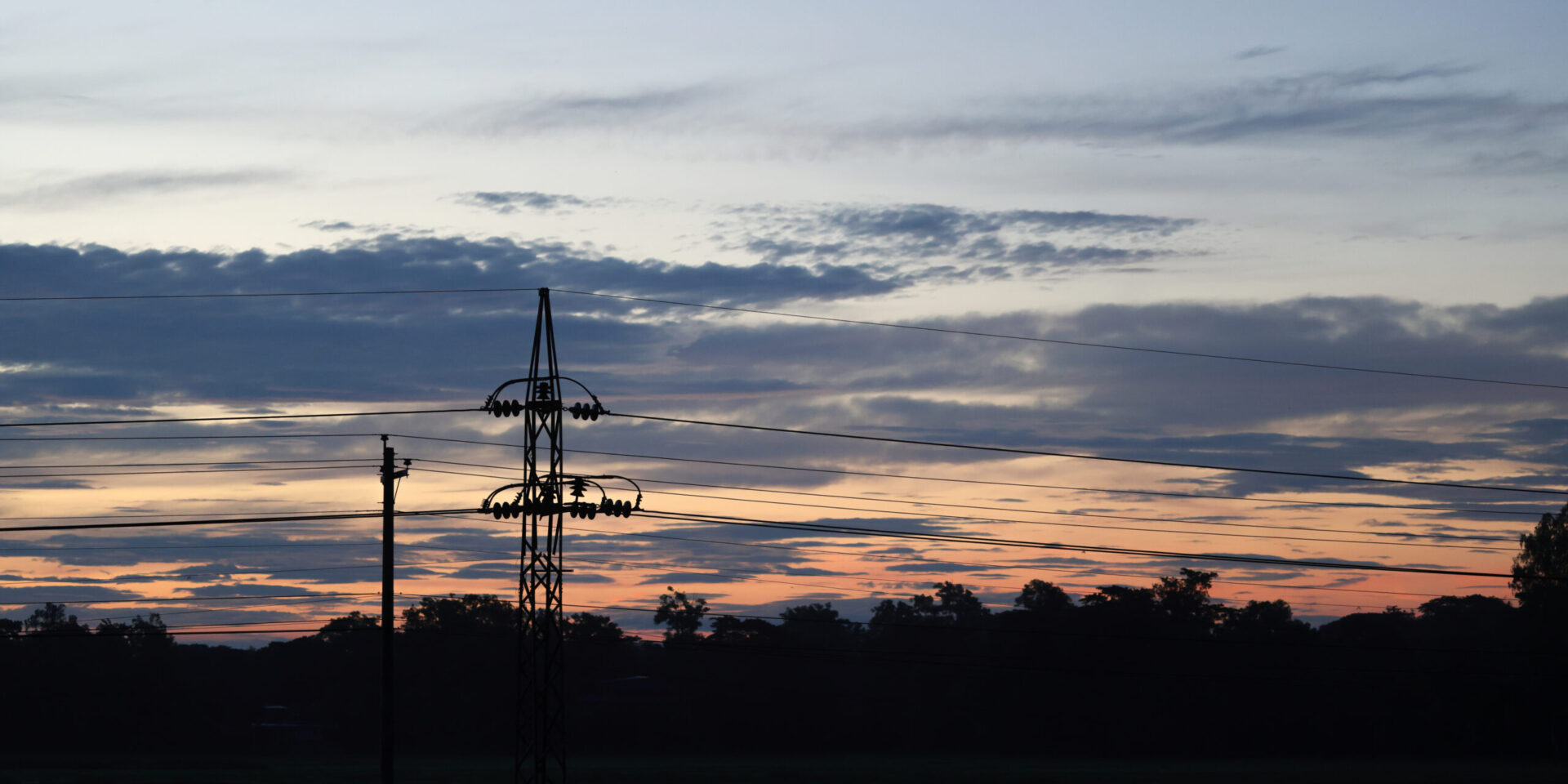
Perspective: Our Energy Experts on the Inadequacy of Bangladesh’s Power Sector
October 12, 2022 | 2 Minute ReadA countrywide blackout affecting Bangladesh brings to light major challenges in its power sector.
Last week, the blackout that shut down much of Bangladesh for seven hours starting at 2 pm local time on October 4th – followed by days of more frequent load-shedding than before the outage – underscores the inadequacy of the country’s energy sector to power its dynamic economy and growing population. Despite years of expansion in the country’s generation capacity, the transmission and distribution networks needed to deliver power to end users have not been upgraded and modernized to keep pace. Grid operators still manage the system manually instead of employing modern communications and automation. Furthermore, much of Bangladesh’s generation capacity is powered by imported – and increasingly expensive – diesel and liquefied natural gas. As global fuel prices increased sharply in early 2022, the government of Bangladesh has resorted to rationing supplies, forcing generators to limit their output, and obliging major consumers of power – including the vital garment manufacturing sector – to rely on expensive back-up generators.
While government policymakers have been increasingly aware of the system’s vulnerabilities in recent years, the reforms and investments made to date have been insufficient because of constraints within the highly centralized power sector, which is dominated by financially weak, state-owned utilities and a mix of public- and private-sector companies with long-term contracts to import and supply fuel. The necessary fixes require sweeping changes in policies and regulations that will take resources, time, and political will.
Although there has been considerable investment in renewable energy (RE) capacity, especially solar photovoltaic (PV) installations, RE generation (including hydropower) is still only about 5% of total output. To encourage expanded investment in solar PV capacity, the sector must be liberalized to enable more widespread deployment of decentralized generation resources, especially solar, by businesses and residential users. Together with new wind generation, this will displace increasing amounts of fossil generation over time. To enable greater use of RE supplies, in the near term the government must accelerate efforts to modernize the grid to make it more flexible, resilient, and able to accommodate larger amounts of variable generation from solar and wind. This entails investments in smart grid technologies, automation of system operations, improved real-time forecasting to manage supply and demand on the grid more effectively, and tariff structures and other incentives to encourage increased end-use efficiency among residential end-users as well as some business and industry.
While parts of this prescription are not new to Bangladesh – many garment manufacturers have already invested in efficiency in keeping with their overseas buyers’ sustainability policies – it will require dramatic changes in the power sector to minimize the country’s dependence on imported fossil fuels and upgraded and modernized systems to ensure consistent access.
Banner image caption: Twilight sky and electric pole in Chittagong, Bangladesh. The photo was taken by Tareq Ahmed.
Posts on the blog represent the views of the authors and do not necessarily represent the views of Chemonics.



